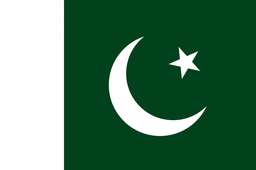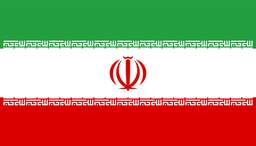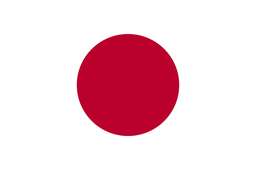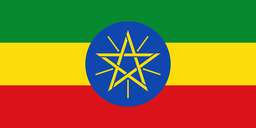For five millennia, Afghanistan has been dominated, invaded, and transformed under outside influences. Afghanistan is a highland nation in South-Central Asia, bound to Iran in the southwest and the north and east by Pakistan.
The Rise of Buddhism (330 BCE - 650 CE)
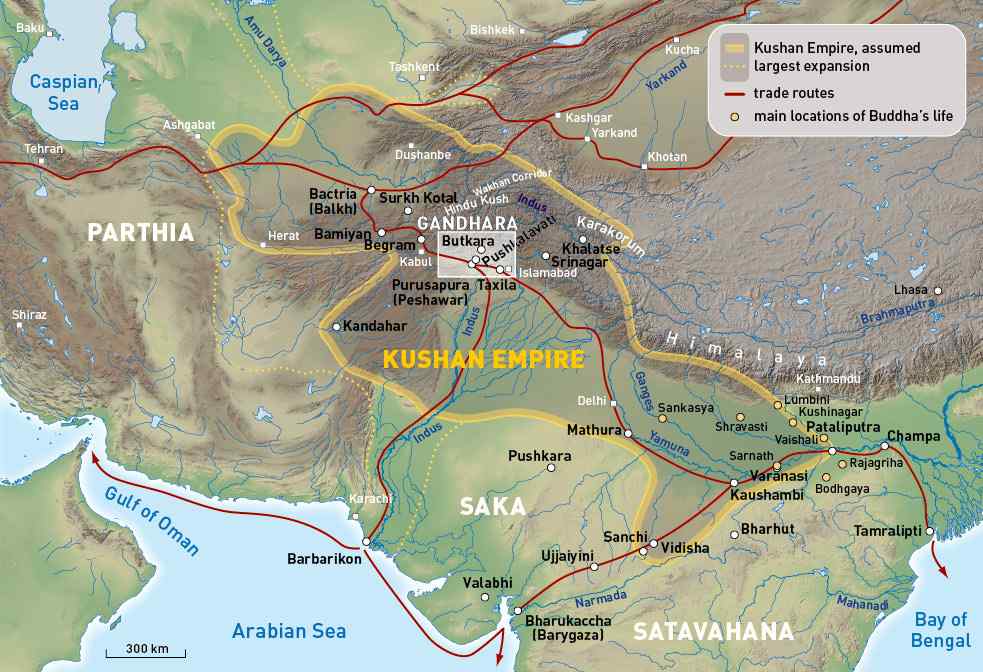
Buddhism developed in the third century BCE; Afghanistan started to be an important trading hub. Mostly controlling most of Afghanistan, the Kushan Empire supported Buddhism there from the 1st to the 3rd century CE. Apart from famous Buddhist art and architecture, the location inspired the big Buddha sculptures in Bamiyan, which loomed for decades as a symbol of its Buddhist past. Afghanistan was a cultural melting pot with elements of Hellenistic, Persian, and Indian cultures, most wonderfully mixed during that time. Growing to be a hub of interest for traders, pilgrims, and crafters across Asia, monasteries and trade routes have altered the region. Still, during this age, Afghanistan was a center for trade, spirituality, and education; Balkh was one of the major cultural hubs.
About The Arrival of Islam (7th Century CE – 10th Century CE)
The Arab invasion brought Islam to Afghanistan in the seventh century CE. Later, the Abbasid Caliphate changed the cultural and religious scene by bringing religion to the area. The majority of the Afghan people's faith changed with time from Buddhism to Islam, which is deeply ingrained in them. In the ninth and tenth centuries, many local Islamic kingdoms emerged (Saffarids and Samanids). Still, Ghaznavid sultans dominated several dynasties, Persian and Turkic alike, from the 11th Century. The area was substantially changed under their direction; intellectual traditions, arts, and government flourished.
Our third Ministry, the Mongol Invasions (13th Century CE)
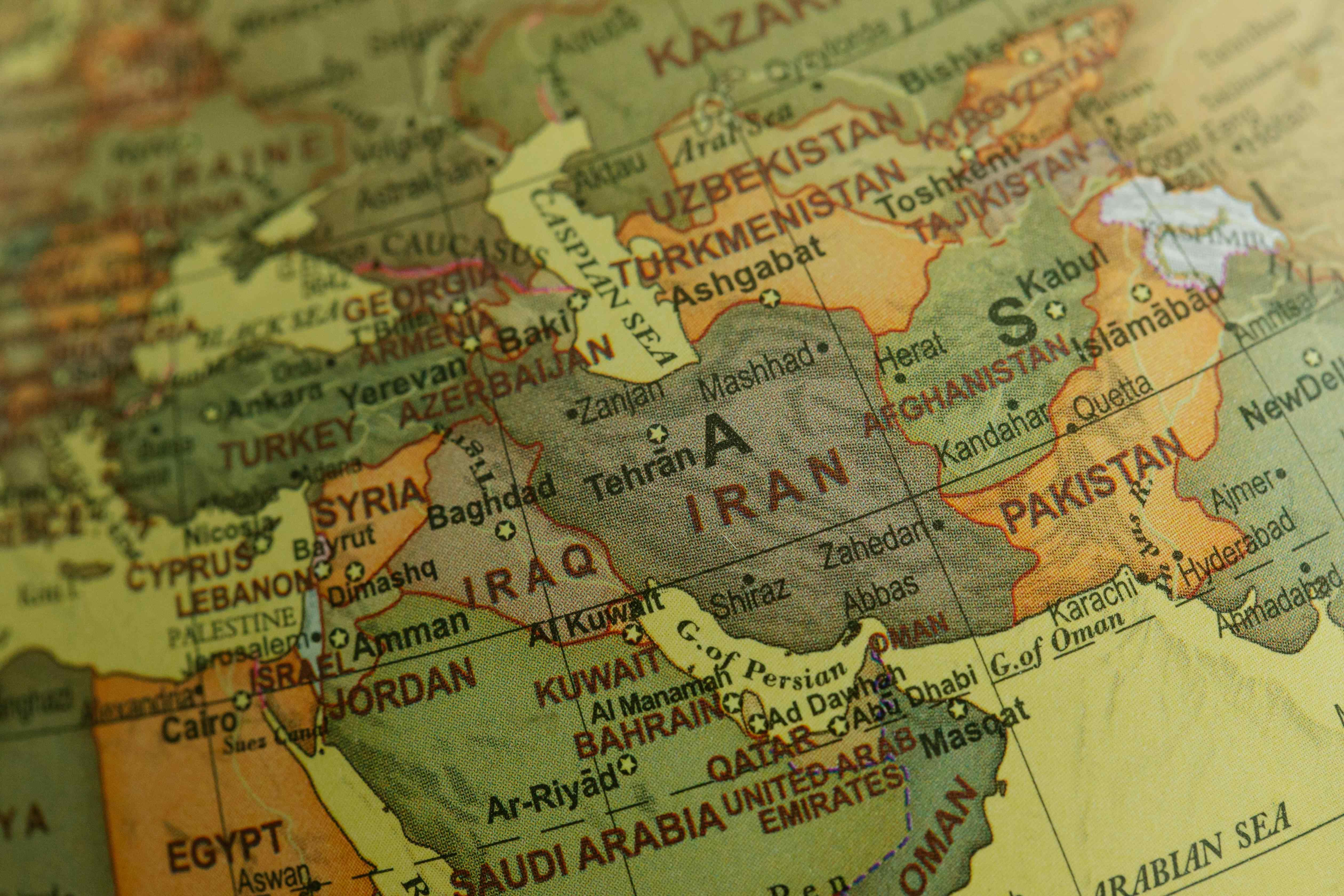
The 13th-century Mongol conquerors under Genghis Khan fundamentally altered Afghanistan. The Mongol invasions brought great destruction and mortality to the area. The infrastructure of the area was mostly devastated; certain sites, including Balkh, Herat, and Ghazni, suffered damage. Though terrible, the Mongol age also produced fresh cultural inspirations. Rebuilding Afghanistan and over time, Timurids— descendants of Mongol immigrants—were vital in the creative and cultural regeneration of the country. Under Timurid dominion, Herat was a center of late Middle Ages art, science, and architecture with a considerable output of Persian literature and miniature painting, as well as highly valuable urban planning.
Modern Afghan state emergence (18th Century)
Beginning with Ahmad Shah Durrani, sometimes known as the "Father of Modern Afghanistan," contemporary Afghanistan started in the 18th century. He centralized the Durrani Empire and combined Afghan clans once he established it in 1747. He stretched the empire under his rule to include Iran, portions of India, and Pakistan. Under Ahmad Shah Durrani, the years were consistent and marked by expansion. Originally, the capital of Kandahar, Kabul eventually took over as its capital. The identification in this era of Afghan identity and the delineation of Afghanistan's borders launched a contemporary Afghanistan.
The Anglo-Afghan Wars (19th Century)
Afghanistan became a main focus in the geopolitical conflict sometimes known as the "Great Game," separating the British from the Russian empires in the 19th century. The British engaged in three Anglo-African Wars to conquer the Afghans so that Afghanistan would remain between South and Central Asia. Losing the First Anglo-African War in 1839–1884, their losses were severe. During the Second Anglo-Afghan War (1878–1880), Britain seized control of Afghanistan's foreign policy but enabled the country to govern internally. Using the Treaty of Rawalpindi, Afghanistan acquired its freedom and surrendered authority over its foreign policy during the Third Anglo-Afghan War in 1919. The contemporary identity of Afghanistan and its hardened independence from foreign rule were fundamentally based on these struggles.
The Ghaznavid and Ghurid Dynasties (10th Century Ad 13th Century Ad)
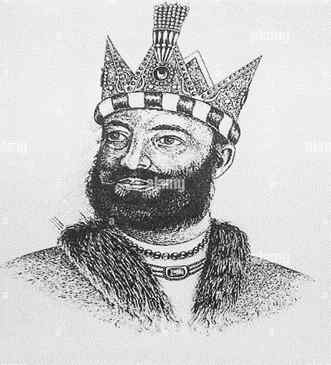
Mahmud of Ghazni formed the Ghaznavid dynasty at the start of the 10th century, thereby defining most of Afghan history. Renowned military conqueror Mahmud established Ghazni, a rich and significant city, out of his dominion in Northern India. Here at this period, Persian art, literature, and culture bloom. Afghanistan emerged from the past and, under the Ghaznavids, became a major Islamic empire with a hub for intellectual activity. The Ghurids started flourishing when the Ghaznavids lost favour in the 1200s. Derived from the word Ghor given to people living in the mountains, the name Ghurids refers to a period of dominance in areas like Iran, Central Asia, and Northern India. One yearns for Islamic buildings and the design of amazing mosques and minarets. The Ghurid dynasty helped Afghanistan become more part of the Islamic world, therefore affecting the cultural and architectural legacy of the country.
Afghanistan through the 20th Century
Afghanistan began modernizing in the 20th century and participated in World Wars I and II. King Amanullah Khan first appeared in 1919. Arriving to rule, he instituted changes eliminating slavery and a new constitution granting women equal rights. Under communist control with Soviet assistance, Afghanistan faced political unrest in the 1970s, including multiple coups and revolutions. Groups of Afghan mujahideen funded by the US and other nations answered the Soviet-Afghan War (1979–1989).
The Taliban (1990s): Rise during the post-Soviet Era
Afghanistan descended into a civil war fought between factions of mujahideen vying for control of the nation in 1989 when Soviet troops withdrew. The instability and devastation were far more severe since the country lacked a centralized authority to uphold the government. The Taliban, an Islamist terrorist group that rose in the 1990s, originated from such a power vacuum. Rising from Islamic schools (madrasas) in Afghanistan and Pakistan, the Taliban quickly gathered great support from war-torn people and took Kabul in 1996. Along with establishing a strict interpretation of Islamic law on the territories they acquired, they established the Islamic Emirate of Afghanistan. The Taliban tightly limited women's rights, banned various kinds of cultural expression, and imposed harsh penalties under their authority. International isolation, violations of human rights, and an ongoing conflict defined their rule.
The nineteenth, twentieth, and twenty-first centuries: Afghanistan

Following the US-led war in 2001, the Taliban-driven government was overthrown, and a fresh Afghan government emerged. The Bonn Agreement allowed Hamid Karzai's presidential election and let Afghanistan begin to rebuild itself from the ground up. The 2004 constitution was made possible. In this Era, foreign aid and investments in the nation helped propagate hopes of stability, progress, and democratization. Afghanistan was hampered by corruption, poor government, and ongoing insurgency from the Taliban and other armed groups, while these initiatives had stopped it. But Afghanistan turned into a scene of ongoing bloodshed and instability as well as a hub for international counterterrorism activities during the next two decades. US and NATO troops were in Afghanistan, building up Afghan security forces while fighting insurgents for nearly twenty years. Still, the Taliban dominated most of the country and steadily took back power by the 2010s. The military of the US and NATO agreed to pull out in 2021. Quickly strengthening their authority, they were a significant turning point in the history of contemporary Afghanistan.
Afghanistan's Ongoing Turmoil
Years of war and instability had left the nation looking to be on the path to stability and growth. For Afghanistan, 2023 will signal a significant turning point. However, it was fleeting as the Taliban, a stricter fundamentalist group, was ousted in 2001 and reclaimed rule of the nation. The events in Afghanistan since 2023 have astounded the globe and raised awareness of exactly what has transpired. This article will explore more about what preceded our arrival and how Afghanistan came to be where it is now.
Contemporary Afghanistan
Since the Taliban's return to power last year, life in Afghanistan has been especially difficult, with humanitarian crises, economic problems, and Western governments hesitant to publicly acknowledge the Taliban leadership. Many Afghans still suffer; meanwhile, a lack of fundamental amenities and a curtailment of freedom, especially for women and minorities, cause difficulty for many. Regarding important issues of governance, stability, and human rights in Afghanistan, both internal and outside elements interact dynamically and in a complicated manner. Still, the nation's resiliency and rich cultural legacy inspire its people as they work for a more hopeful future in the face of continuing difficulties. Though its centuries have been hard, its paths varied, and what all that history tells is not one of decline to rubble, nor even as so many industrial powers have, a sometimes agonizing and painful rise back to a more functioning state, but of a nation that has endured trial and transformation, finding in itself an enduring and powerful spirit as yet.
The New Flag of Afghanistan
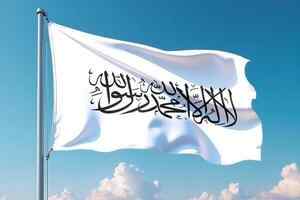
The new flag was first displayed to the people during the Taliban's 2021 invasion of Afghanistan. The new flag is whit, featuring a black Arabic Shahada creed mark on it."There is no deity but Allah; Muhammad is his messenger; Shahada's central line is crucial," states the Shahada's author. This signals a change in the political and theological routes the nation follows. With Shahada, who stands for Afghanistan as an Islamic republic under the new government, the white backdrop suggests peace and purity.
Conclusion
Though immersed in conflict, Afghanistan boasts a unique cultural past and is always fighting for self-determination. Afghanistan still dreams of growth and peace in spite of political upheaval, invasions, and wars.




